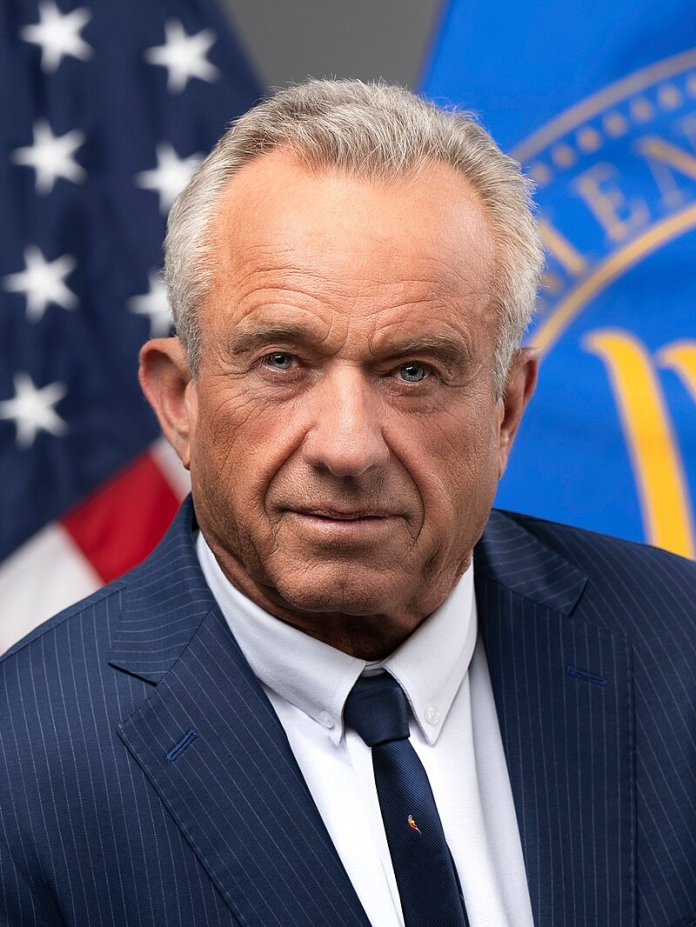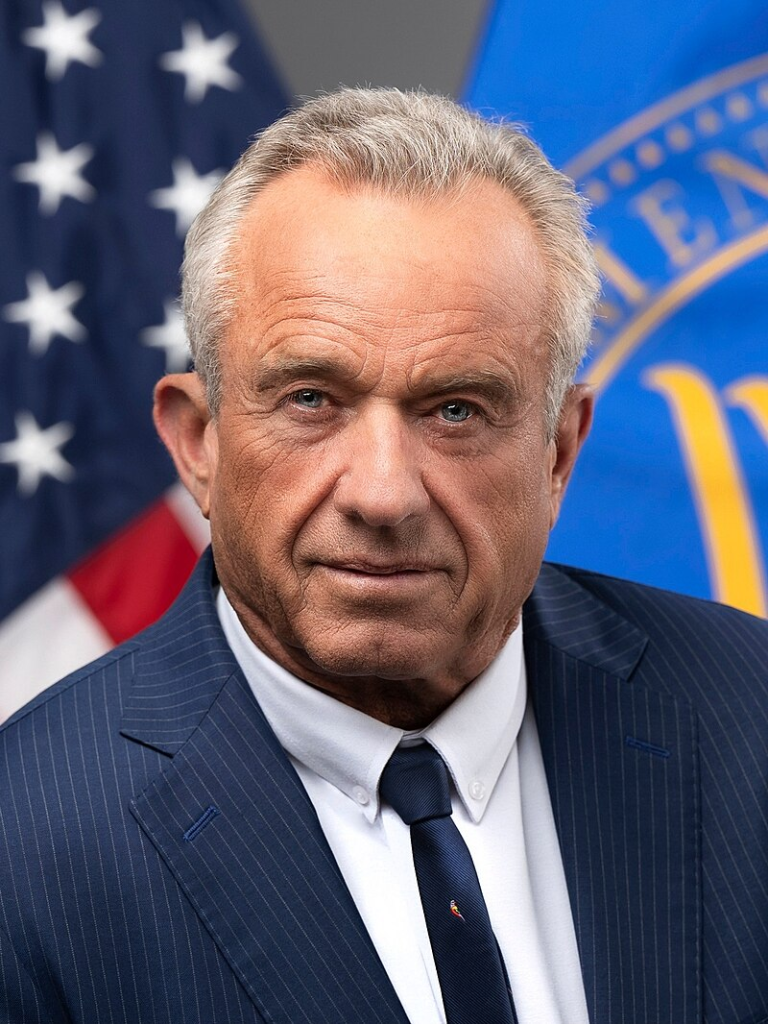
When the U.S. Health and Human Services Secretary Robert F. Kennedy Jr. asserted that federal public health agencies have enjoyed “no successes” over decades; the words resonated. His comment brought to mind a picture of rot, if not anarchy, at such agencies as the Centres for Disease Control and Prevention. But the record is very different.
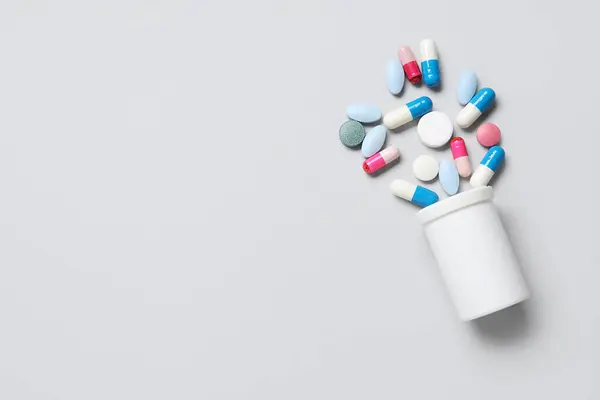
From controlling lethal epidemics to making lifesaving medicines more accessible, these agencies have paved the way for some of the most stunning achievements in recent American medicine. Much of it was achieved behind the scenes, its effects measured not in headlines but in millions of lives saved or extended. They’re a product of long-term commitment, good science, and sometimes, decades of policy negotiation. Six examples, in tobacco control, infectious disease, pharmaceuticals, and vaccine access, demonstrate the measurable, long-term effect of American public health leadership.

1. Bringing Smoking to Historic Low Levels
Almost 42% of American adults were smokers in 1965. Today, fewer than 12% are, and that shift came as a consequence of a concerted federal effort. The tipping point was the 1964 Surgeon General report that established a link between lung cancer and cigarettes and decades of subsequent regulation, education, and litigation. Another tipping point was the 2009 legislation that placed regulation of tobacco products in the hands of the Food and Drug Administration.
At the global level, WHO Framework Convention on Tobacco Control adoption in 2005 helped to double coverage of at least one cost-saving tobacco control measure. Smoke-free laws, graphic pictorial warning labels, and higher excise taxes combined prevented 22 million premature smoking-caused deaths in 2007-2014. These types of policies also decreased secondhand smoke exposure, improving cardiovascular well-being throughout the nation.

2. Expanded Prescription Drug Coverage for Seniors
Before 2006, Medicare excluded most outpatient prescription drugs, and thus many seniors paid retail or went without. It came to an end with the implementation of Medicare Part D. Run by the Centers for Medicare & Medicaid Services, the plan contracted out to private insurers to deliver drug coverage and subsidized low-income beneficiaries.
Nationally representative surveys discover that drug coverage newcomers who enrolled in Part D lowered out-of-pocket prescription spending by 49% during year one. Affordable Care Act reforms, finally, filled the “donut hole” hole in protection, and 95% of seniors were insured for prescription medication in 2021. Though still-existent affordability issues remain for individuals on many or expensive medications, Part D has curbed cost-related nonadherence considerably.
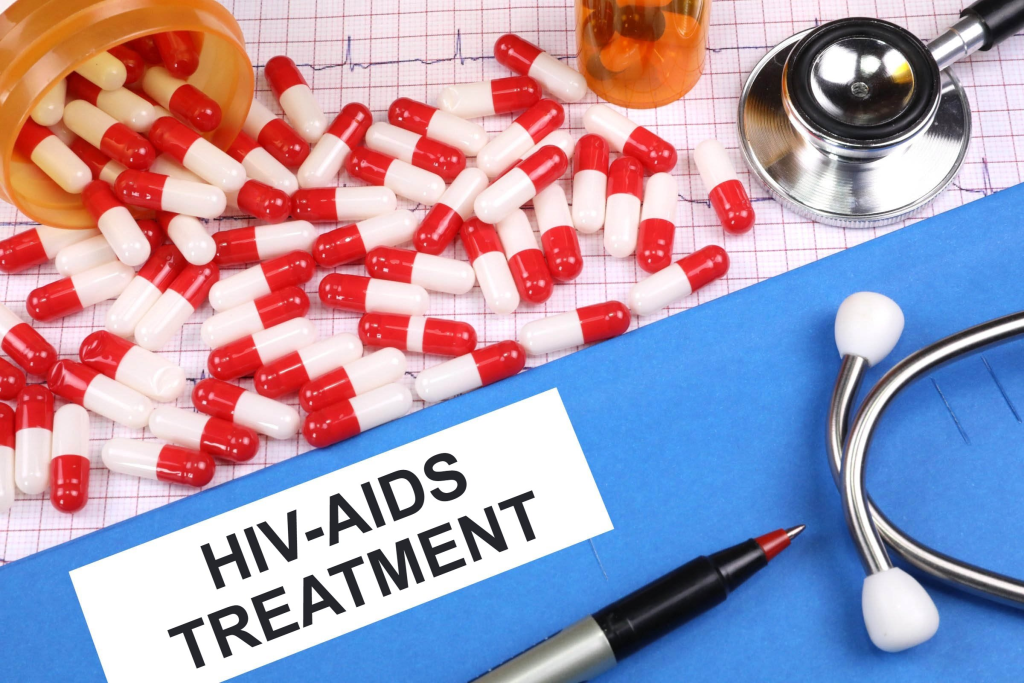
3. Saving HIV/AIDS from Fatal to Controllable
A 1996 trial that cost the National Institutes of Health millions demonstrated that an antiretroviral three-drug therapy could cut deaths from HIV by nearly half. AIDS deaths in the US declined 48% within a year, CDC data stated. The impact was abrupt and global.
The President’s Emergency Plan for AIDS Relief (PEPFAR), a US initiative launched in 2003, has spent more than $100 billion on global HIV/AIDS response and saved more than 25 million lives since its launch. Treatment and prevention success have made HIV a chronic and manageable disease for millions of individuals, demonstrating the strength of sustained research funding and global health diplomacy.
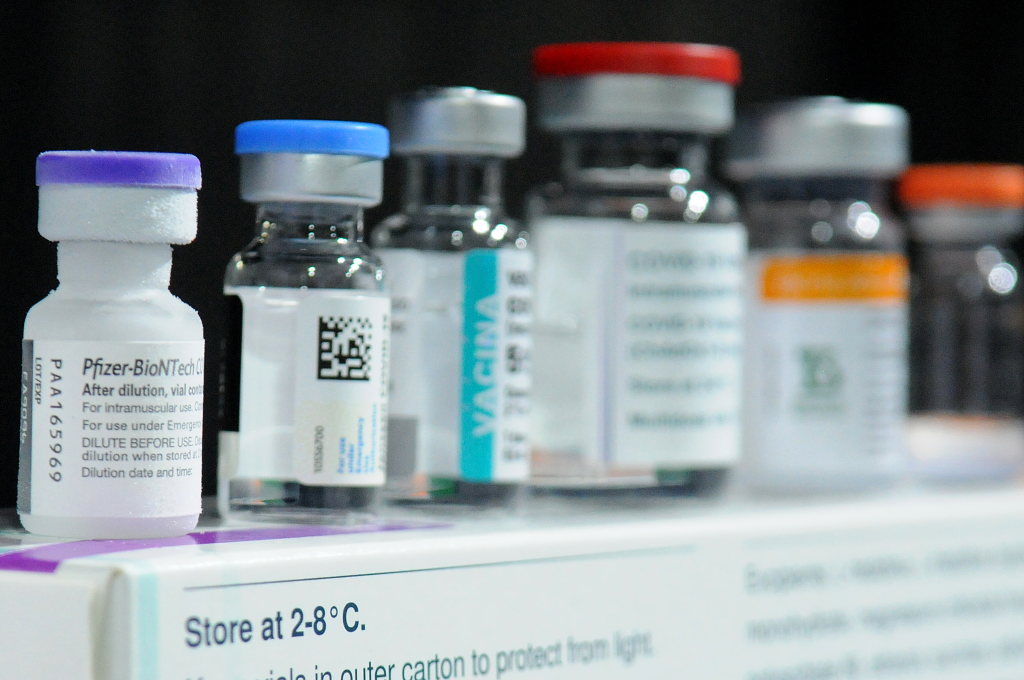
4. Making COVID-19 Vaccines at Record Speed
It would have normally taken five to ten years to develop vaccines. The public–private partnership of Operation Warp Speed between NIH, FDA, CDC, and the Department of Defense enabled initial vaccines for COVID-19 to be approved within less than a year of the emergence of the virus. It was made possible by concurrent stages of clinical trials, early advanced scale-up of manufacturing, and preliminary studies on other coronaviruses linked with this one.
The vaccine campaign is responsible for saving countless American lives, according to research conducted by the Commonwealth Fund. Beyond the current debate on mandates and messaging, the scientific and logistical accomplishment of producing and shipping hundreds of millions of doses within a few months is without precedent in U.S. public health history.

5. Closing Gaps in Childhood Immunisation
By the early 1990s, fewer than 60% of U.S. children under three had received the full series of recommended vaccinations. The Centers for Disease Control and Prevention’s (CDC) Vaccines for Children program, which began in 1994, began providing free vaccines to providers for eligible families. By the end of that decade, coverage reached almost 90%.
From 1994 to 2023, universal childhood immunization during which VFC was implemented saved an estimated one million lives and generated $2.9 trillion in social value. Meanwhile, new CDC data show that kindergarten vaccination rates failed to meet the Healthy People 2030 target in four successive years, and exemptions hit a record high of 3.3%. All those trends reaffirm the program’s ongoing utility in overcoming resistance and maintaining herd immunity.

6. Using Law and Policy to Safeguard Public Health
Public health gains are frequently protected by evidence-based policy against powerful commercial forces. Example: Australia’s 2012 plain packaging of cigarettes law to strip cigarette packs of brand names faced constant opposition from trading partners and tobacco companies. In 2020, the World Trade Organization upheld the law as healthy and in line with trade standards.
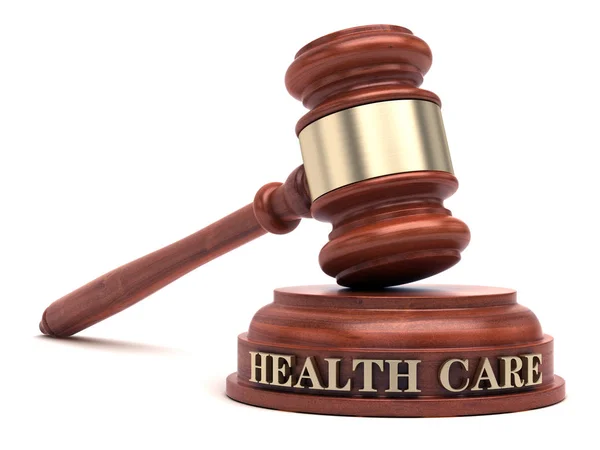
These success stories legitimise the work of legal frameworks in advancing and protecting health interventions. In America, the same legal and regulatory structures underpin progress on tobacco control, immunisation law, and food protection making sure that evidence-based policies can weather political and economic attacks.

The track record of U.S. public health agencies is not one of unremitting regression but one of unremitting, measurable progress against a few of the most challenging health problems of the past half-century. These achievements, grounded in science, policy, and tenacity, are proof that well-governed, well-resourced public institutions are capable of generating rich dividends. And now, when the issues of today are being so raised, the test is not to abandon this past but to call upon it as a strength in addressing the health emergencies of the times and tomorrow.
